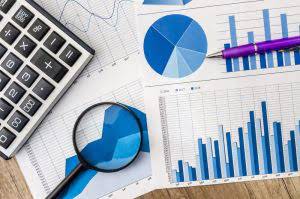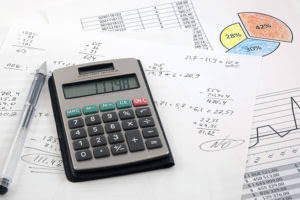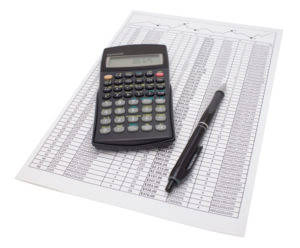
Keep the pages simple, so viewers are more likely to perform the action you want. As you assess conversion, you will also want to look at your keywords. See how many clicks they https://www.bookstime.com/ have to see if the conversion rate is good enough for your needs.
- A company manages and reduces conversion costs by increasing production efficiency and reducing labour costs in the production process.
- This value represents the funds available for meeting operating costs and ultimately yielding a net profit.
- It allows you access to all the details of raw materials used to manufacture finished goods at a place.
- Tracking conversion costs helps identify inefficiencies in the production process, such as excessive overhead or underutilized labor.
Understanding Direct Conversion Costs
However, a difference between prime costs and conversion costs that has not been incorporated in the analysis above is the fact that conversion income summary costs also include indirect labor. This report shows the costs used in the preparation of a product, including the cost per unit for materials and conversion costs, and the amount of work in process and finished goods inventory. A complete production cost report for the shaping department is illustrated in Figure 5.6. In addition to the equivalent units, it is necessary to track the units completed as well as the units remaining in ending inventory. A similar process is used to account for the costs completed and transferred.
Conversion Cost In Accounting

For example, if the direct labor cost is $50,000 and the manufacturing overhead cost is $40,000, the total conversion cost is $90,000. Hence, using conversion costs is an efficient way of calculating equivalent units and per unit costs rather than separately calculating direct labor and manufacturing overheads. The comparison of prime costs vs. conversion costs helps you purchase raw materials from the best suppliers and improve production efficiency as well. The prime cost includes direct material and direct labour required to manufacture certain products.

How Are Conversion Costs Different from Prime Costs?

The primary costs for making the table include both the cost of the furniture maker’s labor and the raw materials needed to build the table, such as lumber, hardware, and paint. This gives you the total conversion cost as well as the cost per unit. By comparing the cost of conversion with the market price and demand of the finished goods, manufacturers can decide how much to produce and how much to keep in stock. This can help to avoid overproduction, underproduction, stockouts, and obsolescence. After learning about the prime cost meaning and its formula, let’s understand this with an example of prime cost.Suppose you own a manufacturing business that makes machinery gears. Suppose a business disburses $10,000 to its workforce for 500 hours of labor within a month.
Strategies for Reducing Conversion Costs
- They help the company to take important financial decisions and help them to bring efficiency to the production system.
- In some industries, conversion costs, including labour expenses, can exceed the total expenses on raw materials.
- For example, if the cost of goods manufactured is $100,000, the beginning inventory is $10,000, and the ending inventory is $15,000, then the cost of goods sold is $95,000 ($100,000 – $10,000 + $15,000).
- In this section, we will delve into the concept of the conversion cost ratio and its significance in cost accounting and management.
- You see which of your campaigns have the lowest cost per conversion, preferably compared to high values for those conversions, and focus your efforts and budget on them.
You must know what the conversion cost formula is so that you must know about the spending, PPC ROI and wastages happening in campaigns. Fluctuations in labor costs due to overtime, bonuses, or productivity levels can affect conversion cost accuracy. Both these components are added together in order to arrive at the figure for conversion costs for the company for the particular year.


It includes the direct labour costs and the amount spent on indirect factors like electricity bills, factory rent, etc., which cannot be directly traced down to the production of a single unit. Conversion costs are beneficial, especially for manufacturing businesses which have to deal with conversion on a large scale daily. They help the company to take important financial decisions and help them to bring efficiency to the production system.
- The iron, aluminium, and SBR tyres expenses are considered raw material charges in the example.
- These costs can’t be traced back to a single unit in the production process.
- They consider various channels (Google Ads, Facebook, Instagram) and different ad creatives.
- The completed and transferred out units are easier to address than work in process.
- Conversion cost is the money you spend to convert raw materials into finished goods.
- They are referred to as the manufacturer’s production related cost, which does not include the costs incurred in production of direct materials.
Meanwhile, increase your bids for campaigns with lower conversion costs. If a bike manufacturer spends Rs. 800 per bike on materials and Rs. 200 per bike on direct labor, the prime cost per bike is Rs. 1,000. If you run a business or manage online marketing, you’ve probably heard the conversion cost formula term “conversion cost” thrown around. In this post, we’ll break down the conversion cost formula in plain English, showing you exactly how to calculate it and why it’s important to your bottom line.
0 Comments